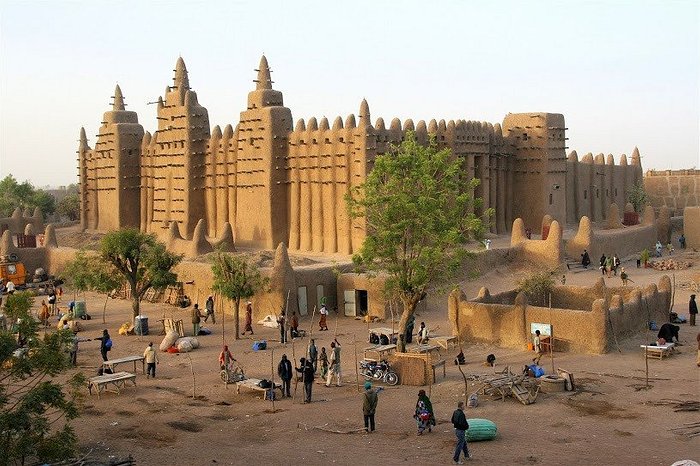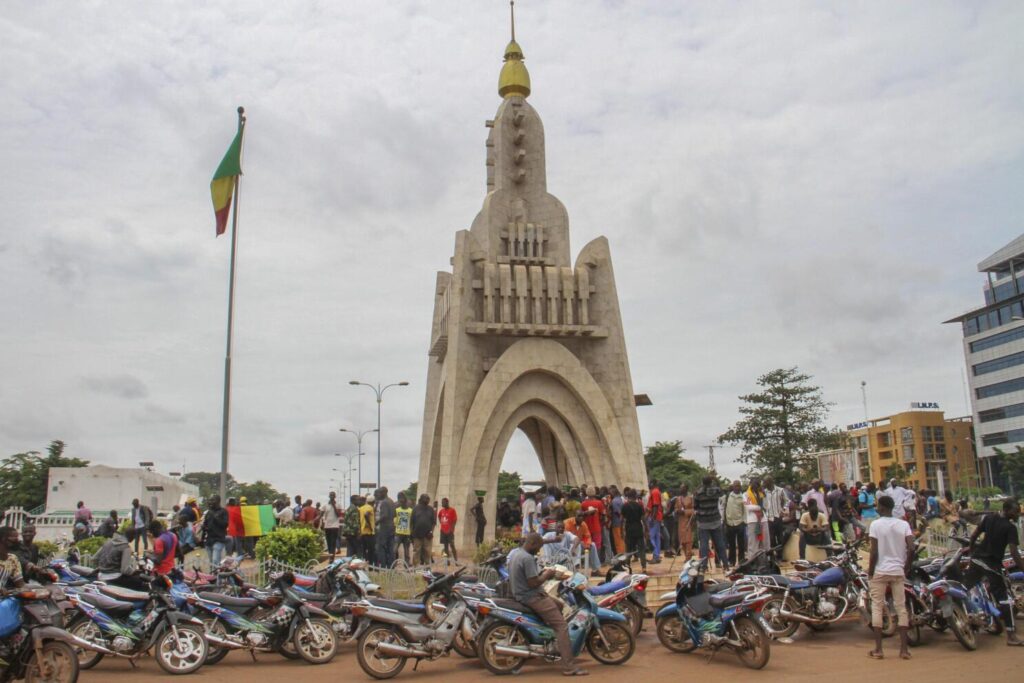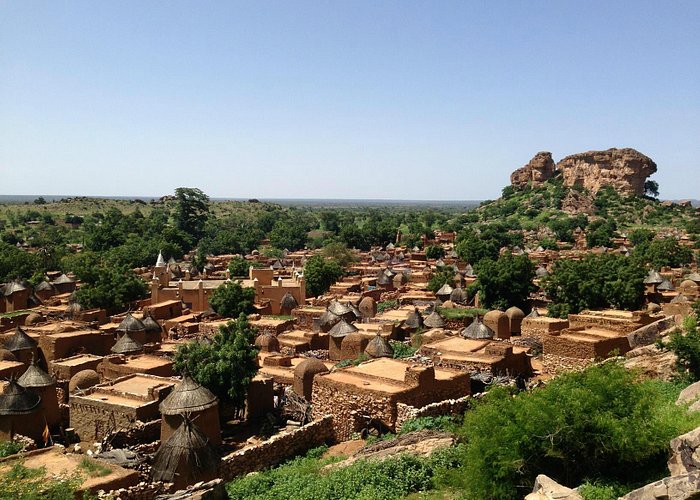Mali, located in West Africa, is a country rich in history, culture, and natural beauty. From ancient cities and architectural marvels to stunning landscapes and vibrant markets, Mali offers a unique and diverse travel experience. Here are some of the best places to visit in Mali, along with information on how to reach the country and the best time to plan your trip.
Timbuktu: Timbuktu is a historic city known for its significance as a center of learning and trade in the Sahara Desert. Explore the ancient mosques and libraries, visit the Djinguereber Mosque and the Sankore Mosque, and browse through the local markets. Timbuktu is a UNESCO World Heritage site and offers a glimpse into Mali’s rich cultural heritage.


Djenné: Djenné is famous for its remarkable adobe architecture, particularly the Grand Mosque of Djenné. This mosque is the largest mud-brick building in the world and a UNESCO World Heritage site. The city is also known for its vibrant Monday Market, where you can find traditional crafts, textiles, and local produce.
Dogon Country: The Dogon Country is a region in Mali known for its stunning landscapes and unique culture. The Dogon people are known for their cliffside villages, intricate artwork, and fascinating spiritual beliefs. Explore the villages, hike through the Bandiagara Escarpment, and experience the rich cultural traditions of the Dogon people.
Bamako: Bamako, the capital city of Mali, is a vibrant and bustling metropolis. Visit the National Museum of Mali to learn about the country’s history and art, explore the lively markets, and experience the vibrant music scene that Mali is famous for. The city also offers a range of restaurants and accommodations to suit different budgets.


Mopti: Located at the confluence of the Niger and Bani rivers, Mopti is known as the “Venice of Mali” due to its network of canals. Take a boat trip along the rivers, visit the bustling fishing port, and explore the local markets. Mopti is a cultural melting pot, with diverse ethnic groups living together and offering a unique cultural experience.
The best time to visit Mali is during the cooler and drier months from November to February. The weather during this period is more comfortable for exploring the country’s attractions, including the desert regions. However, it’s important to note that Mali has a hot desert climate, and temperatures can be high throughout the year.
Reaching Mali can be done through international flights to Bamako-Sénou International Airport, which serves as the main entry point for most travelers. From there, domestic flights, buses, and taxis are available for traveling within the country.
It’s essential to keep in mind that Mali has experienced security challenges and occasional political instability in some regions. Travelers are advised to stay updated on the current situation and follow the advice of their respective governments regarding travel advisories and safety precautions.
When visiting Mali, it’s important to respect the local customs, traditions, and Islamic practices. Dress modestly, especially in rural areas and religious sites, and be mindful of local customs and sensitivities.
In summary, Mali offers a wealth of cultural, historical, and natural attractions for adventurous travelers. Whether you’re exploring the ancient city of Timbuktu, immersing yourself in the vibrant markets of Bamako, or discovering the unique traditions of the Dogon people, Mali promises an authentic and enriching travel experience.

